🦋Provide a water source such as a bird bath, shallow dish, fountain or pond. Butterflies prefer shallow water! Common Butterflies and the Plants Their Caterpillars Eat (Eastern) Black Swallowtail
Common Buckeye
Monarch
Mourning Cloak
Painted Lady
Pearl Crescent
Red Spotted Purple
Regal Fritillary
Tiger Swallowtail
Viceroy
Zebra SwallowtailRed Admiral
1 Comment
We have compiled our favorite monarch activities to do with kids this Earth Day! These activities can easily be paired with free online lesson plans to give kids an educational experience that they won't forget!
Clay Butterflies
Start Milkweed from Seed
Rear Monarchs
Monarch Mask
Butterfly Stick Puppet
Butterfly Squish Painting
Start a Fundraiser
Plant a Butterfly Garden
Symbolic Monarch MigrationEvery year Journey North sends a flock of Monarch symbolic butterflies in the mail to schools in Mexico and they return in the Spring. "Join students across the globe to create symbolic monarch butterflies to send to Mexico. Children who live beside the monarchs’ winter sanctuaries in Mexico will protect the paper butterflies and return them in the spring. Through the Symbolic Migration, children are united by the monarch butterfly and celebrate its spectacular migration. They learn authentic lessons of conservation and international cooperation." Metamorphosis DramatizationSubmitted by Jennifer Dawson
Get creative and think up your own activity! Please send any Monarch activity ideas to [email protected] and we will keep adding to the list. Thank you for reading!Although many of us are spending more time at home due to the health crisis, there are still many ways you can support the monarchs without leaving your backyard. Now is the perfect time to start brainstorming your beautiful butterfly garden, planting milkweed and collecting data to help with citizen science projects! 1. Plant Pollinator Habitat Wherever You Can
2. Teach Children About Monarch Conservation
3. Rear Monarchs from Home
4. Start Your Milkweed Indoors
5. Participate in a Citizen Science ProjectsBecoming a citizen scientist is fun and allows you to virtually connect with other nature enthusiasts, naturalists and conservationists. Citizen scientists from around the country log data and observations which is vital to understanding the monarch migration, biological cycles and why they are disappearing. 6. Support Organizations Working to Sustain Monarchs Make a donation to your favorite monarch or pollinator conservation program. Many programs are donation-based and are fighting to save our monarchs. 7. Conduct Your Own Research
Starting milkweed seeds indoors is a great way to ensure you will have milkweed plants ready for them when they arrive. Materials Needed
The Monarchs are already starting to migrate North, will you be ready for them? Unsure when the Monarchs will be coming through your area or state? Check Journey North's Migrations Map to find out! I started cold stratifying my Butterfly Milkweed seeds at the beginning of March. 30 days have passed and they are ready to be planted! It is worth noting that cold stratifying your seeds increases germination rates but is not absolutely necessary. The most important thing is that you get them planted. Most milkweed is a perennial in the lower 48 states so even if you are getting off to a late start, have no fear, they will come back next year and feed the next generations! Step 1: Gather your materialsYou will need: A clean seed tray (a baking pan works well too) Seed cells Sterilized seed starting mix Milkweed seeds Water It is best to use a designated seed starting mix because it is lighter and less dense than regular potting soil, which allows the roots to establish more easily. Milkweed is slender and doesn't need much room to grow so go ahead and plant many seeds! Step 2: Add soilI like to pour a heaping amount of soil mix onto the center of my seed insert and then spread it evenly with the edge of my seed packet or anything with a straight edge. I then gently tap the bottom of the seed tray on a flat surface to let the soil mix settle just a bit. Step 3: Make holesI like to use the eraser-end of a pencil to get ¼ in holes in my soil. It’s a convenient and consistent way to get uniform sized holes. I have also sprinkled the seeds on top of the soil and then sprinkled a layer of soil over them with success. Step 4: Plant your seedsPlace 1-3 Milkweed seeds in each hole. Placing multiple seeds in each hole will increase your chances of getting a seedling in each cell. Then, gently push the soil mix back over your seeds. Step 5: WaterWatering from the bottom up is the recommended method because it won’t disturb the seedlings and will also prevent over-watering. Simply pour about ½ inch of water into the tray then place the seed inserts on top. I like to use a water mister to also spray the top layer of my seed tray and then cover with a plastic lid or plastic wrap to keep the seeds moist. Remove the lid after a few days so that the seeds get air-flow and mold does not develop. Lastly...For 3-5 days, your seeds won't need light but a seed heating mat will help them to germinate. Once they sprout, immediately put them in a sunny window or under a grow light. If you wait too long they may get "leggy" from lack of sunlight or become moldy.
If they start to look leggy, you know that they need more light. You can plant your Milkweed outside after the danger of frost has passed. Check here to find out when the last frost date is for your region. Plant the Milkweed and the Monarchs will come! |
AuthorRebecca Chandler Archives
March 2024
Categories |

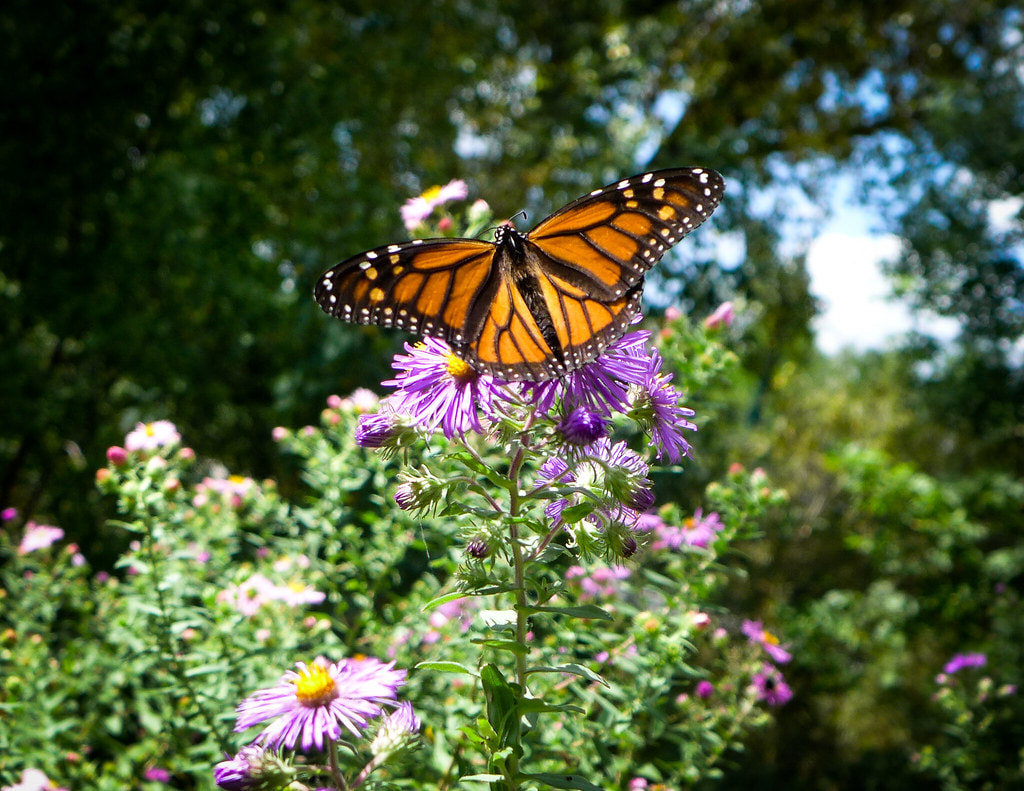
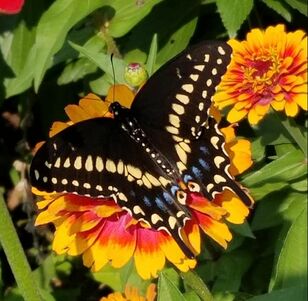
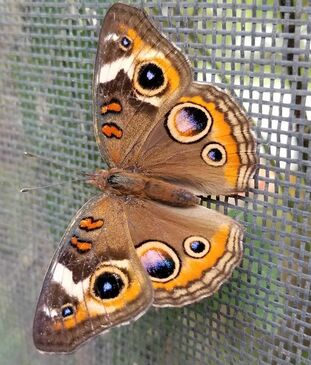
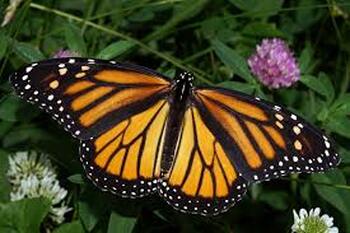
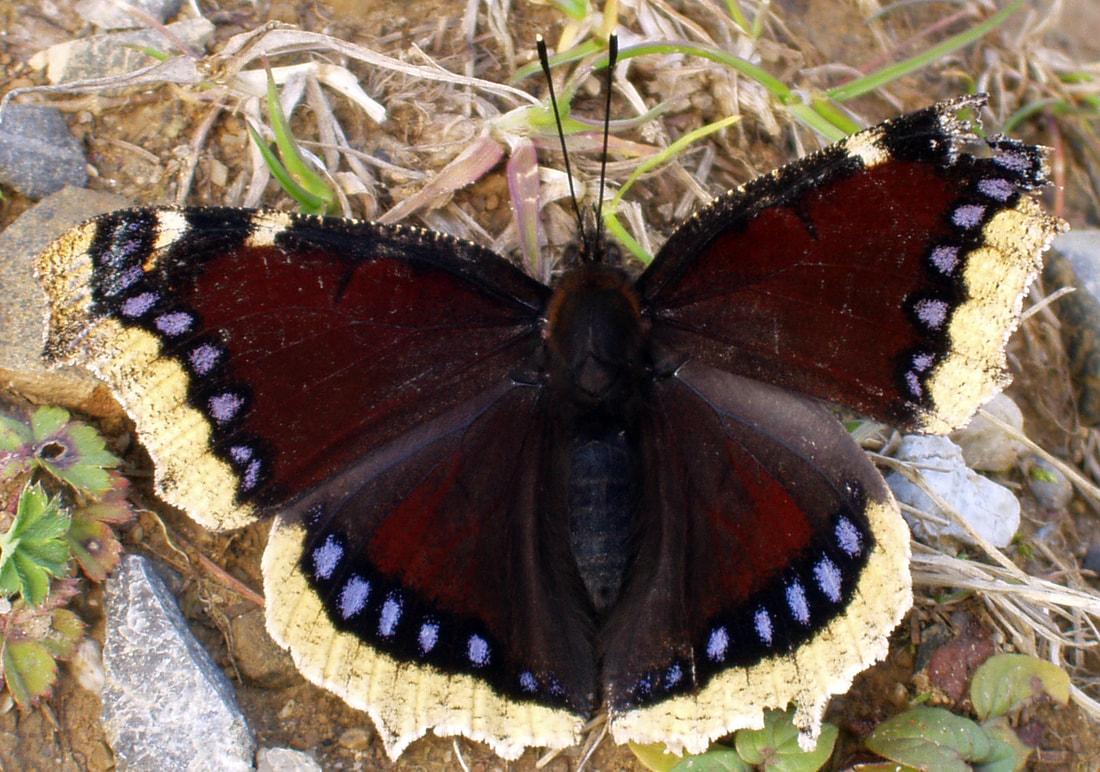
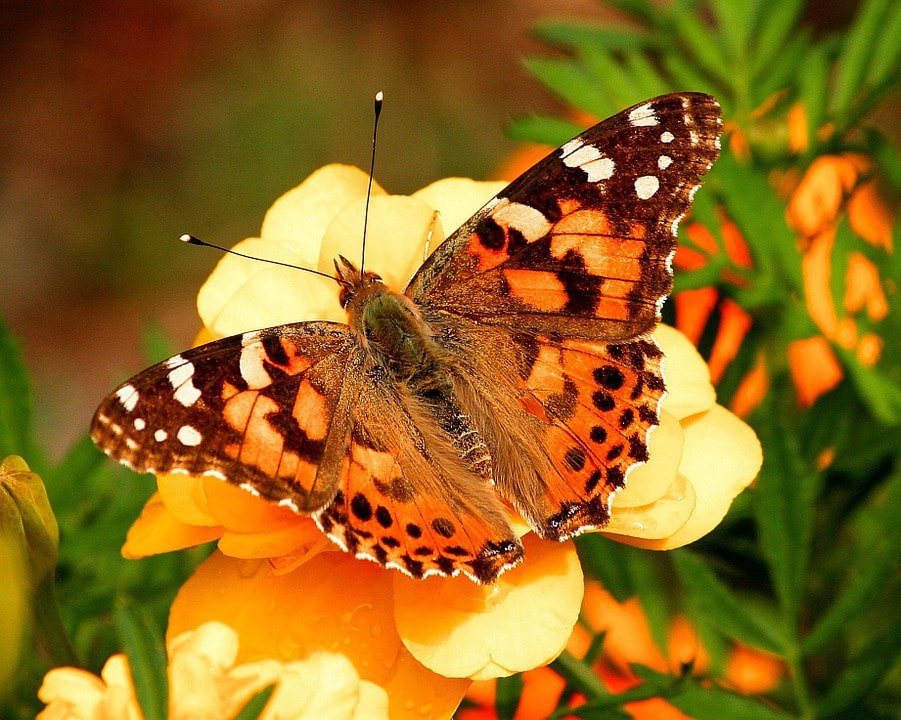
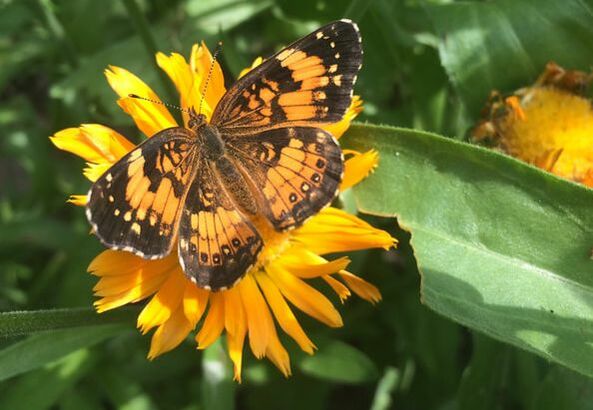
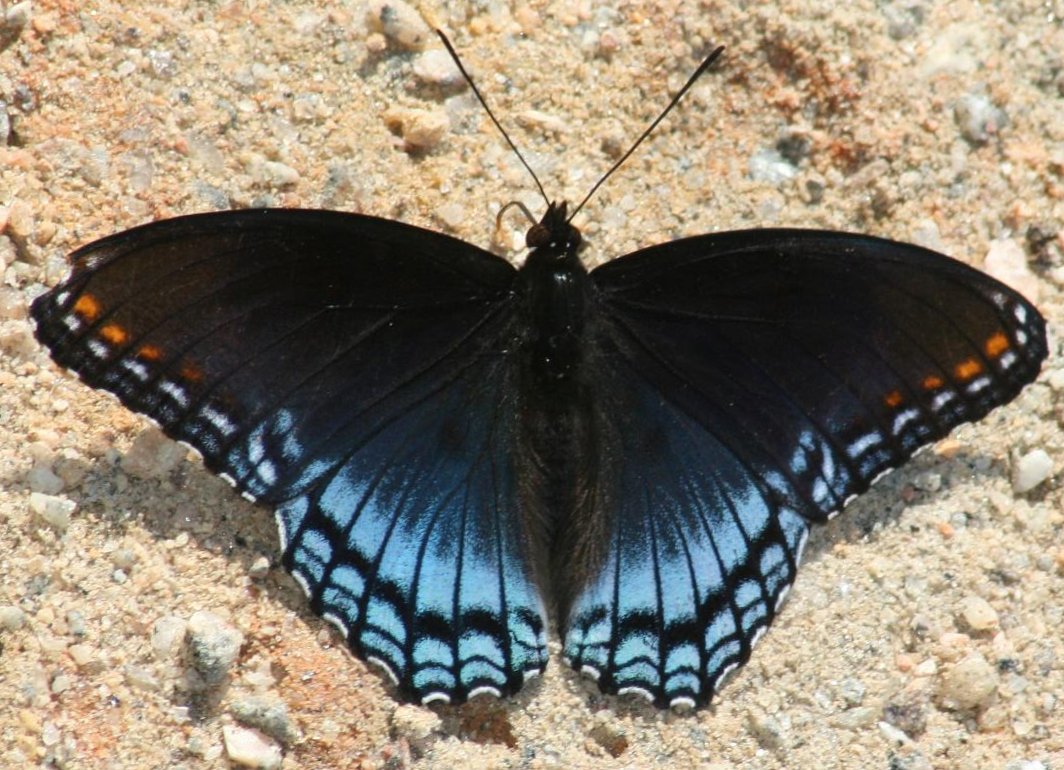
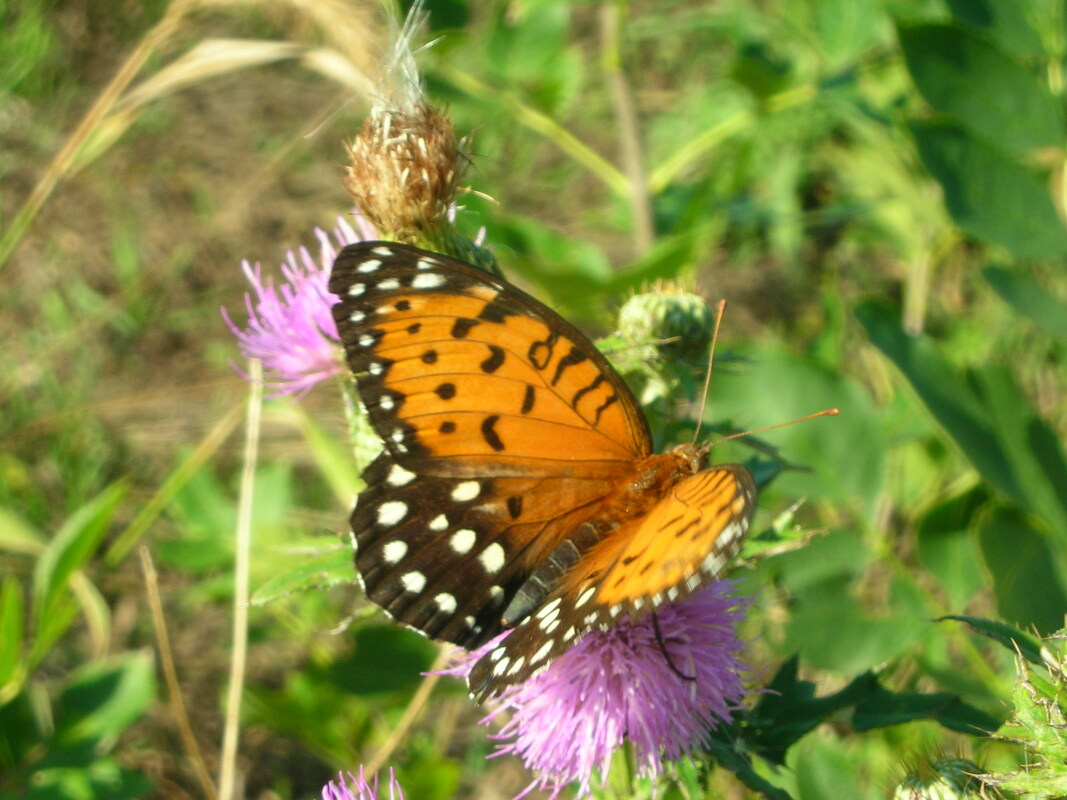
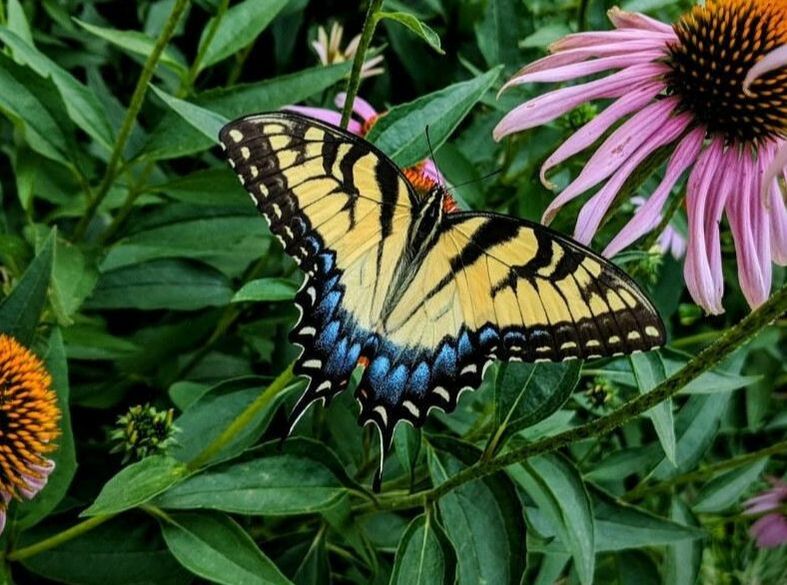
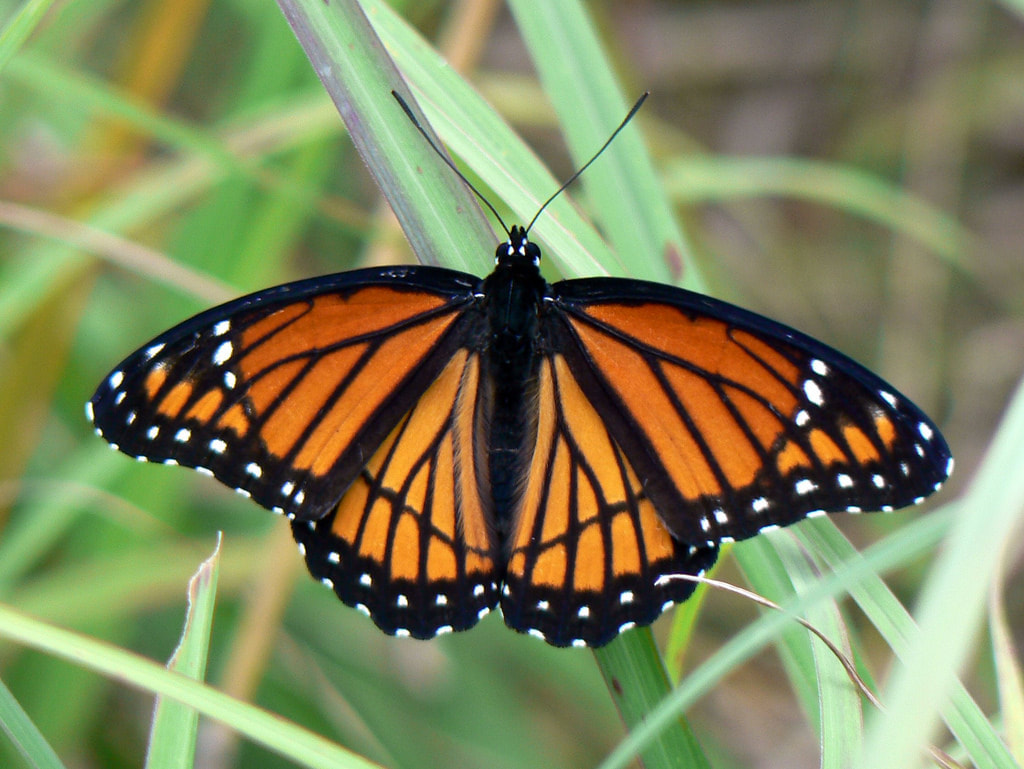
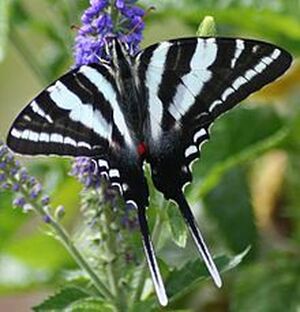
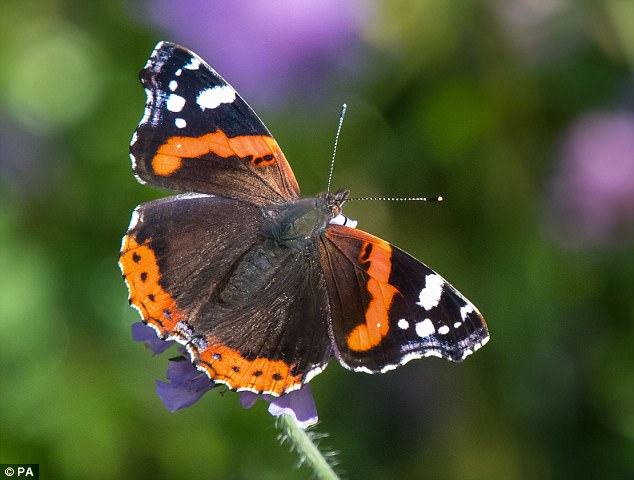
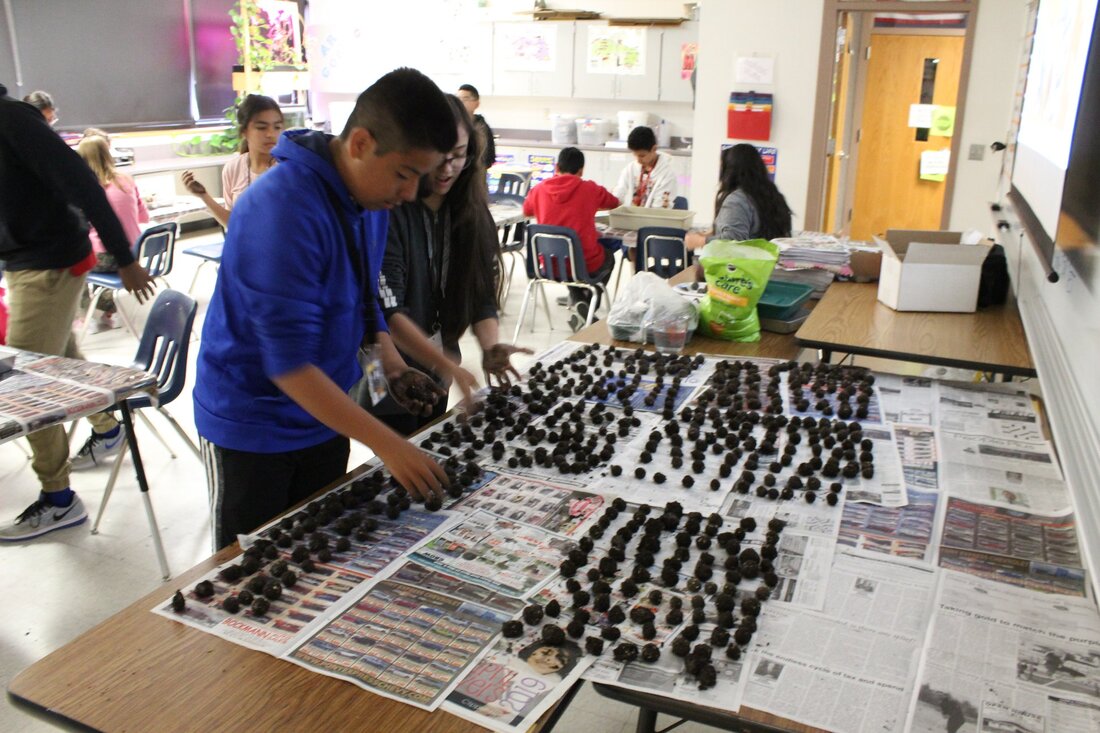
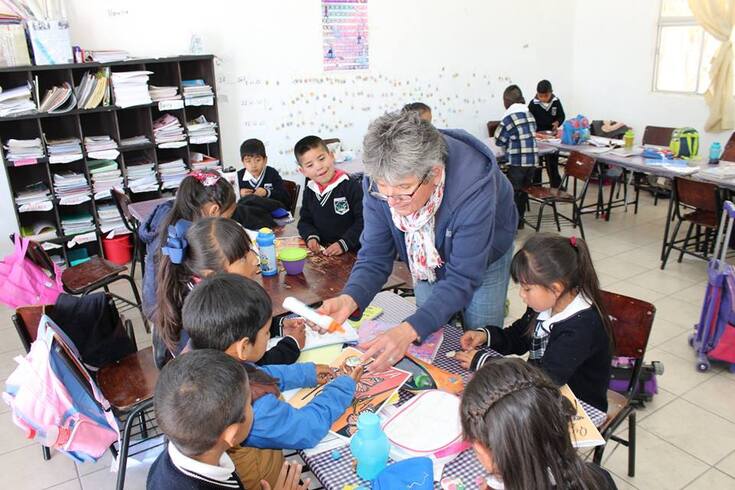
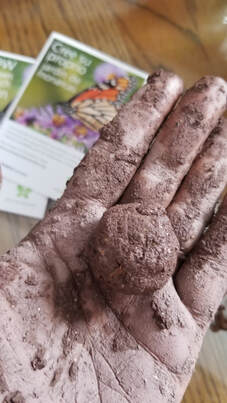
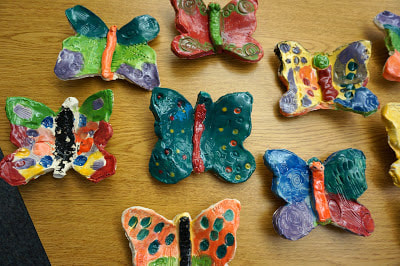
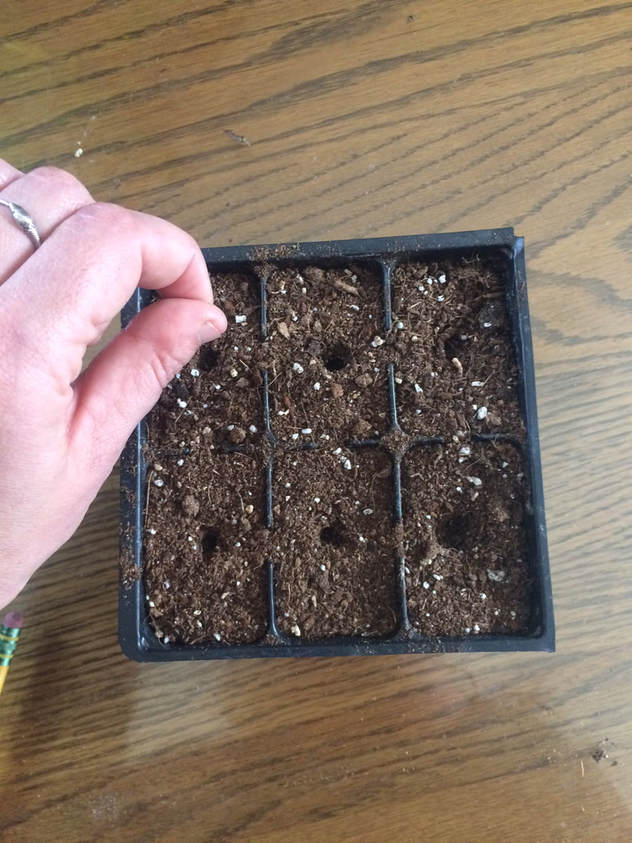
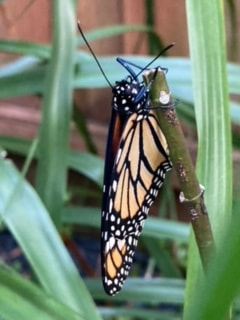
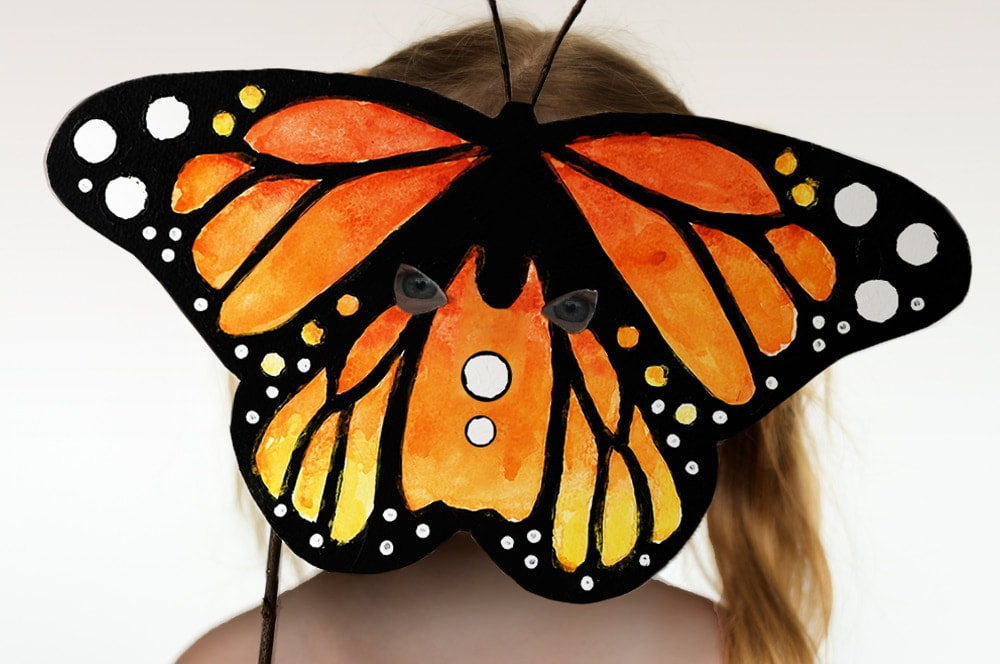
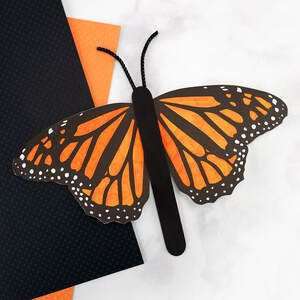
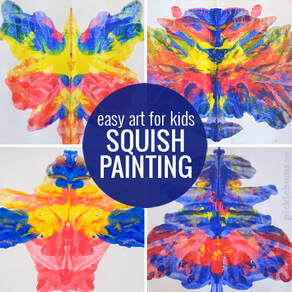
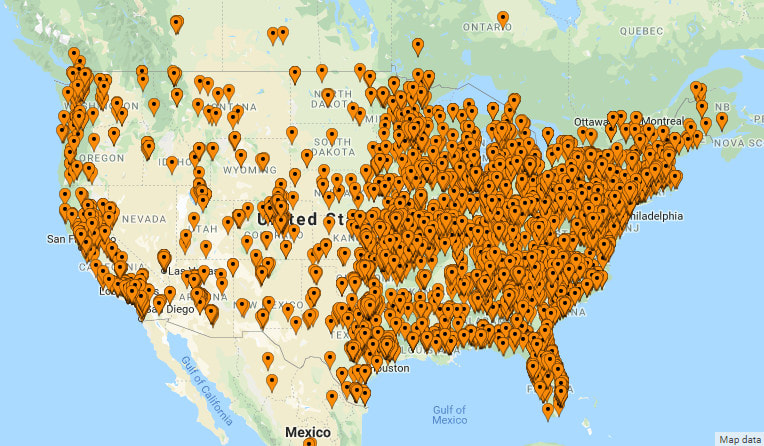
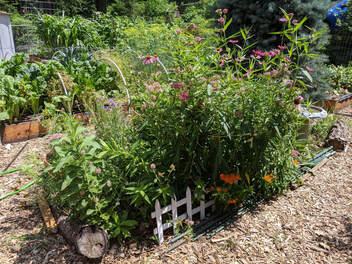
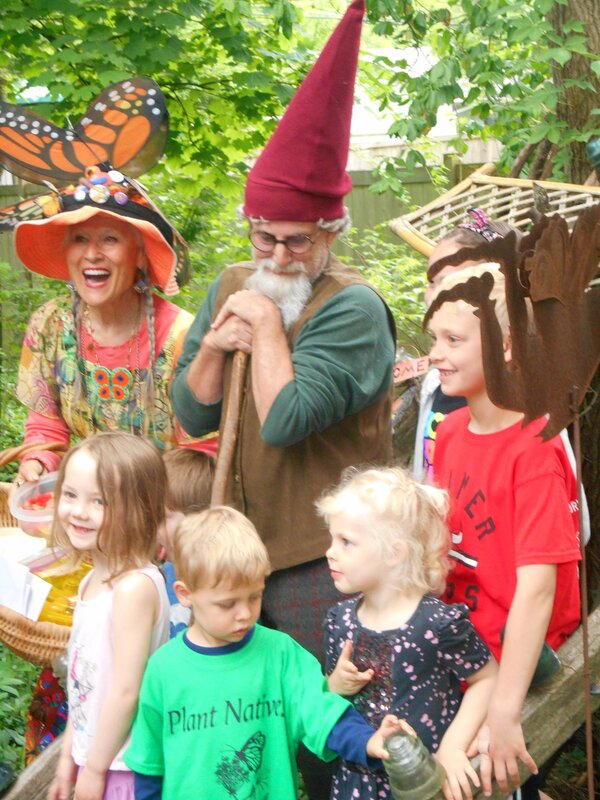
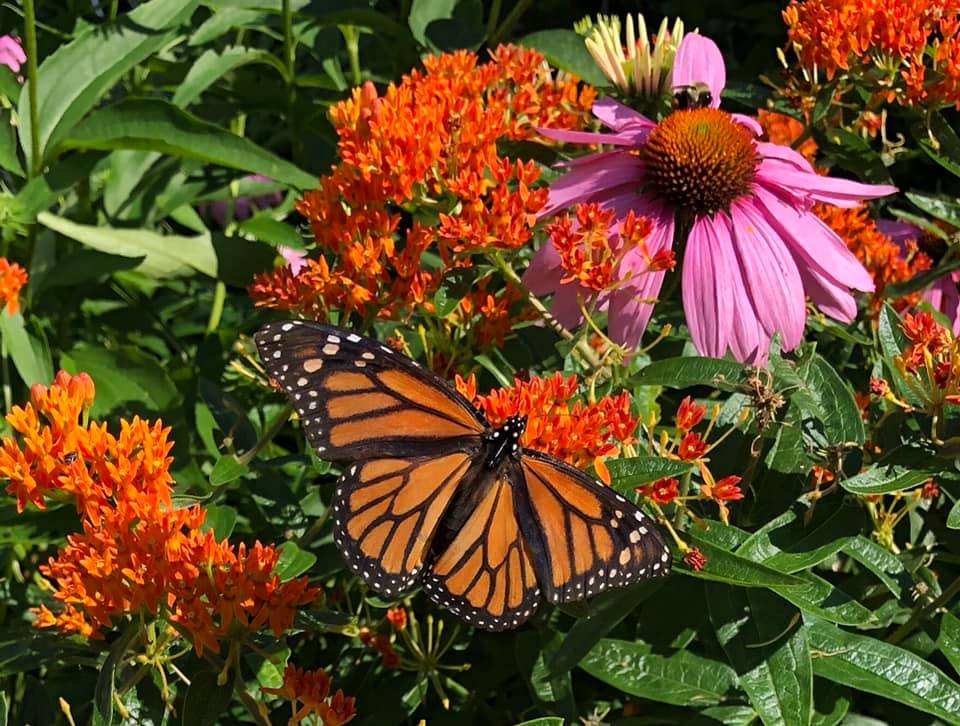
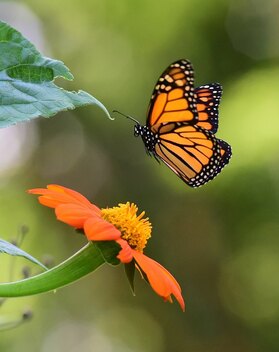
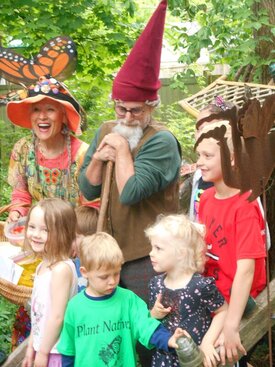
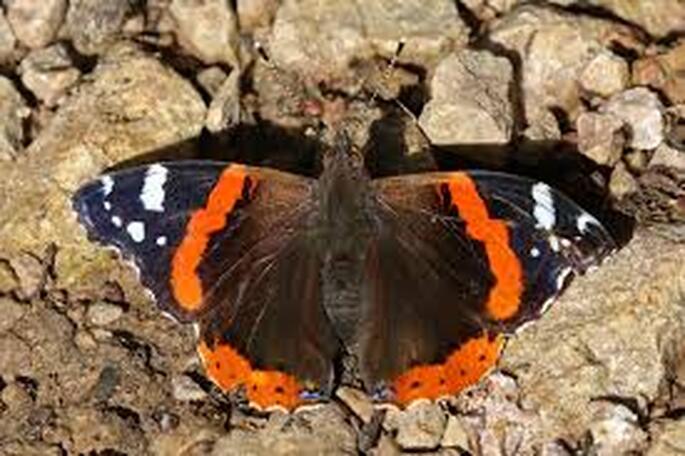
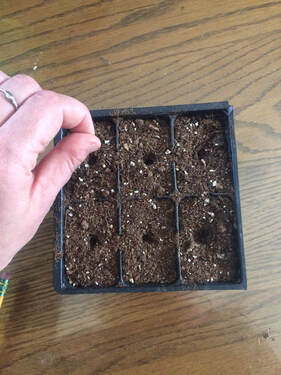
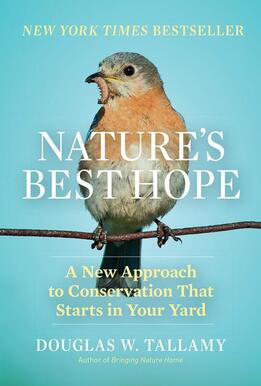
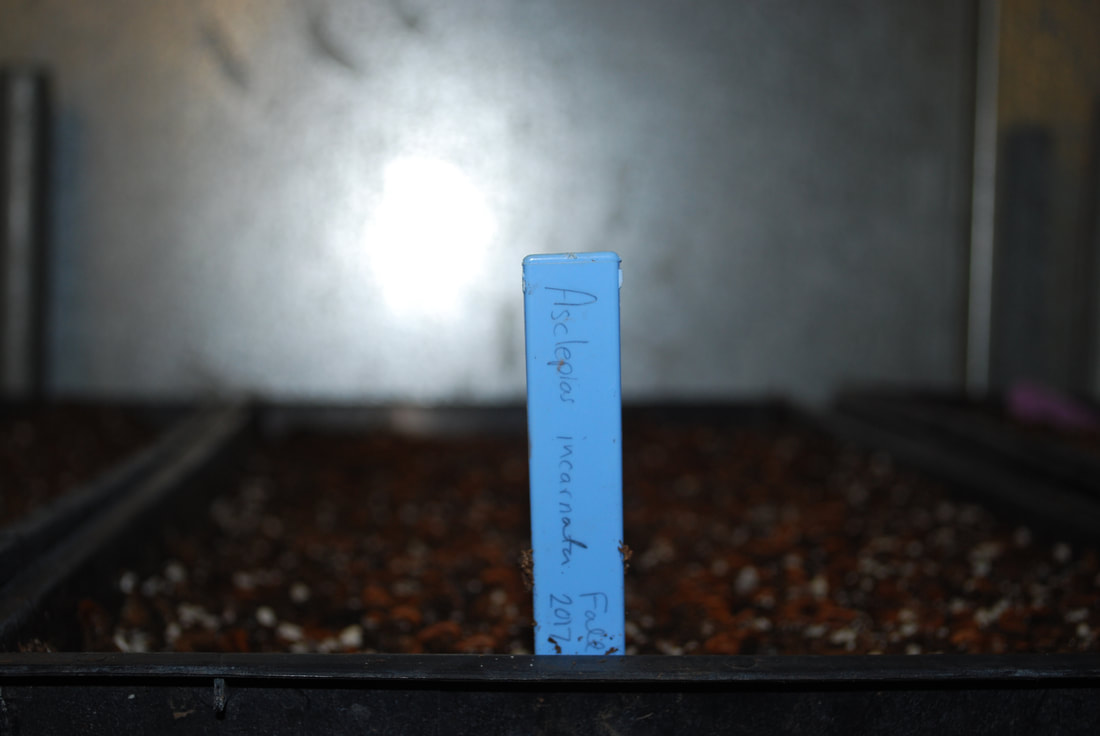
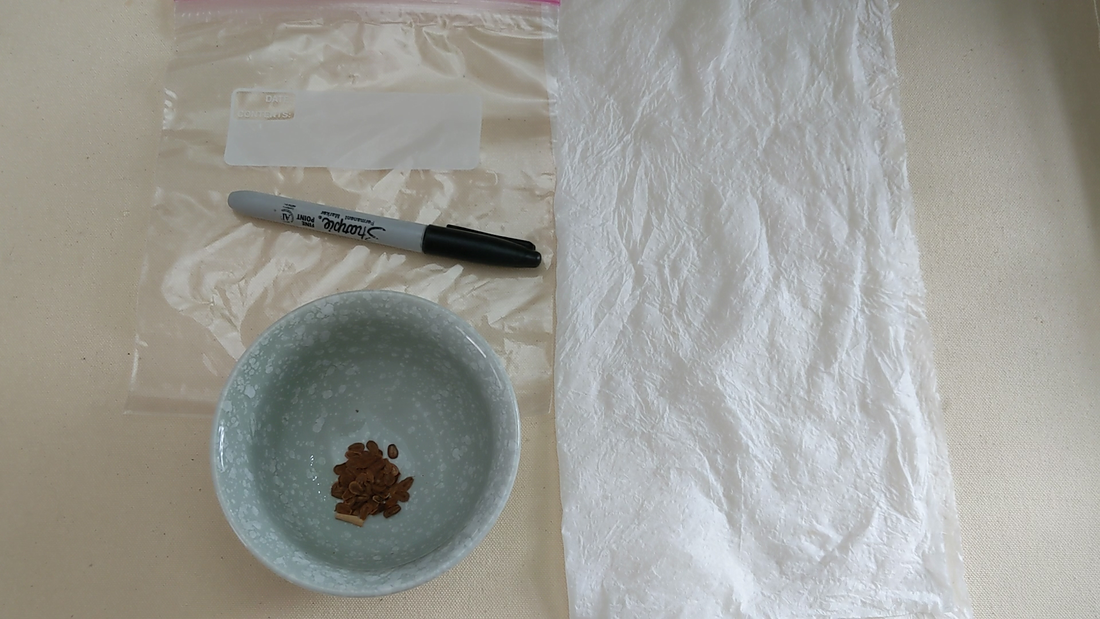
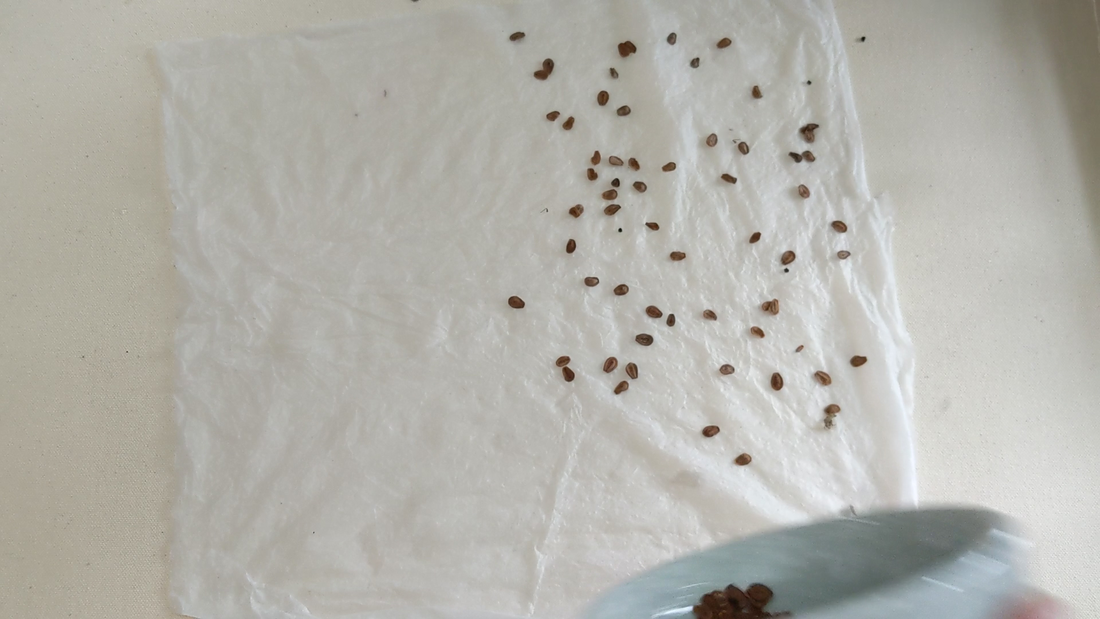
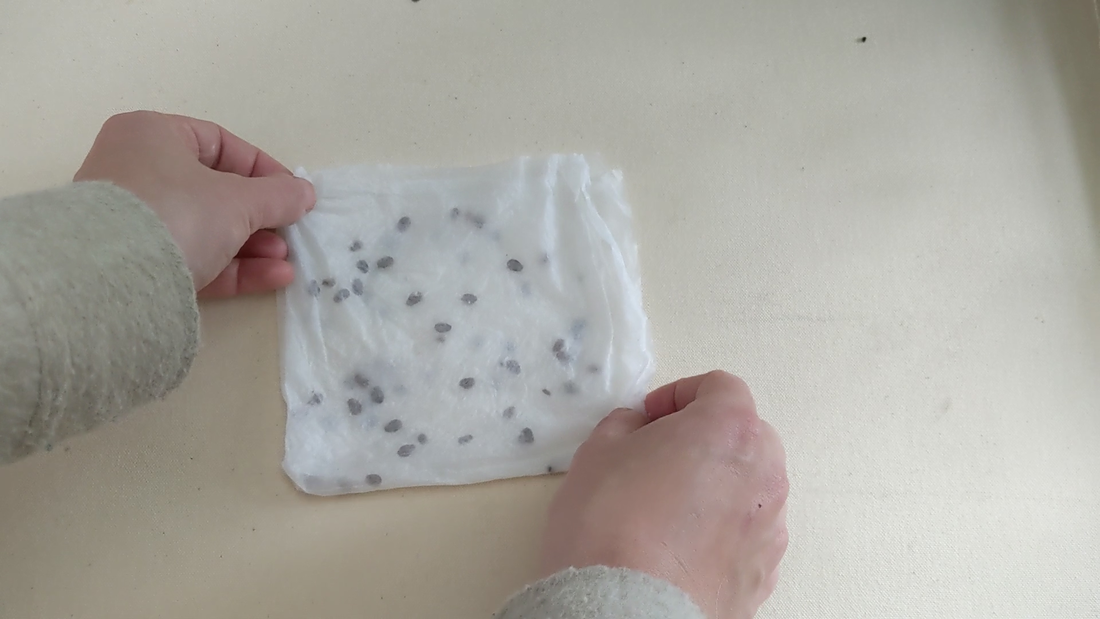
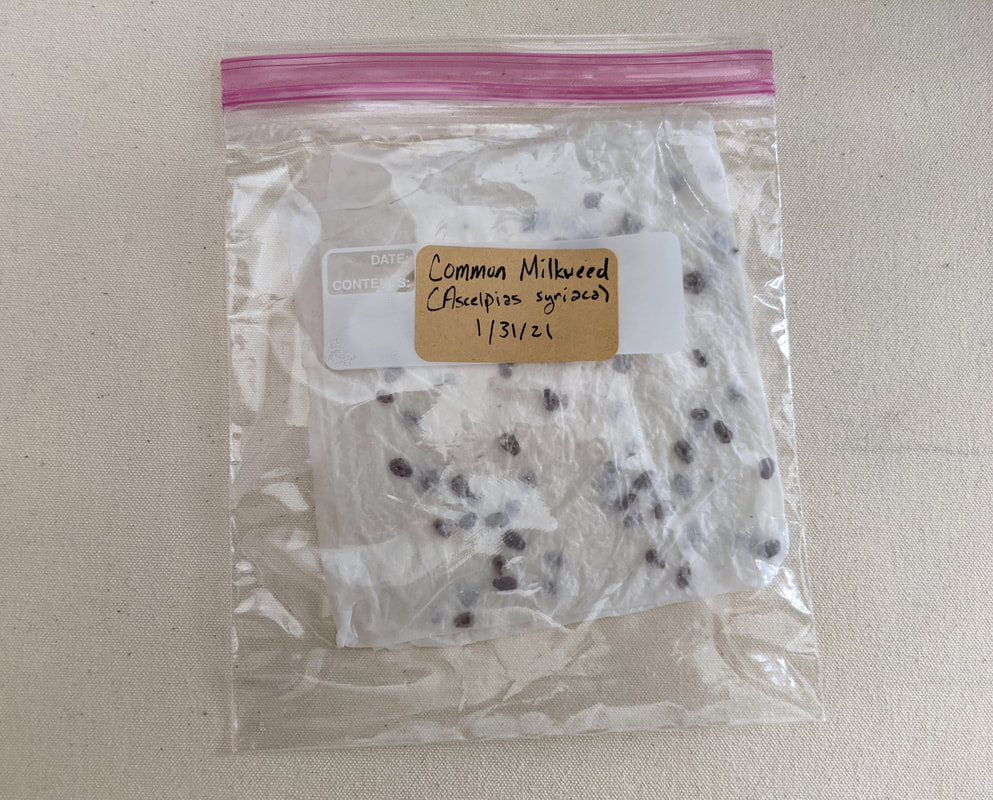
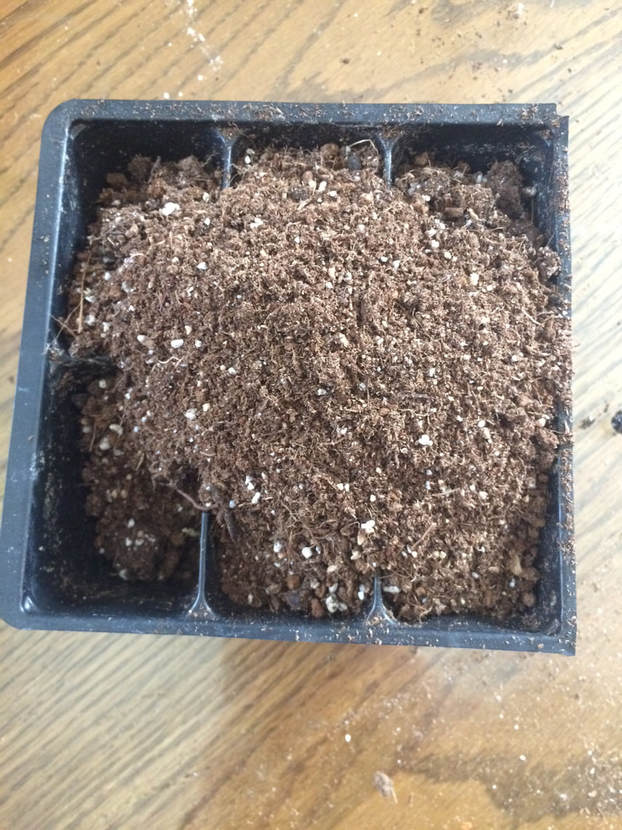
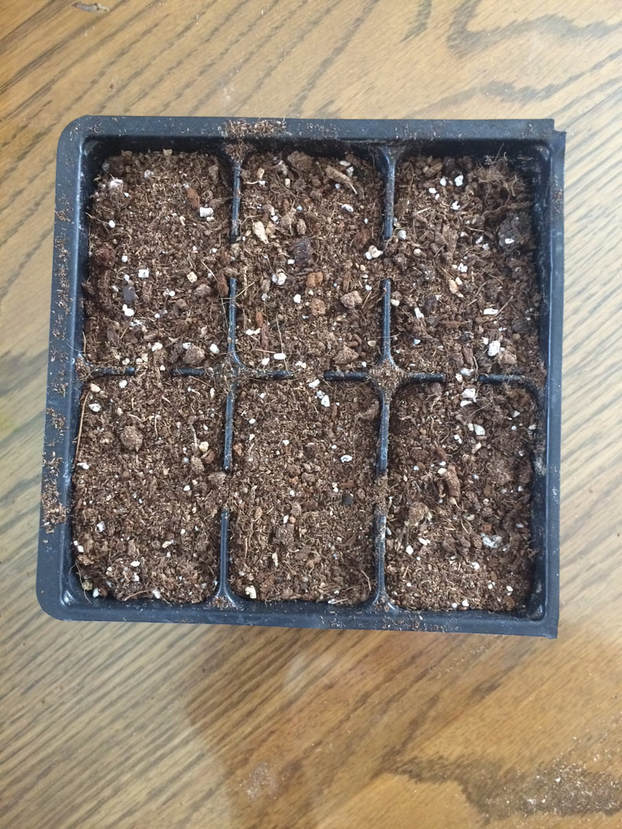
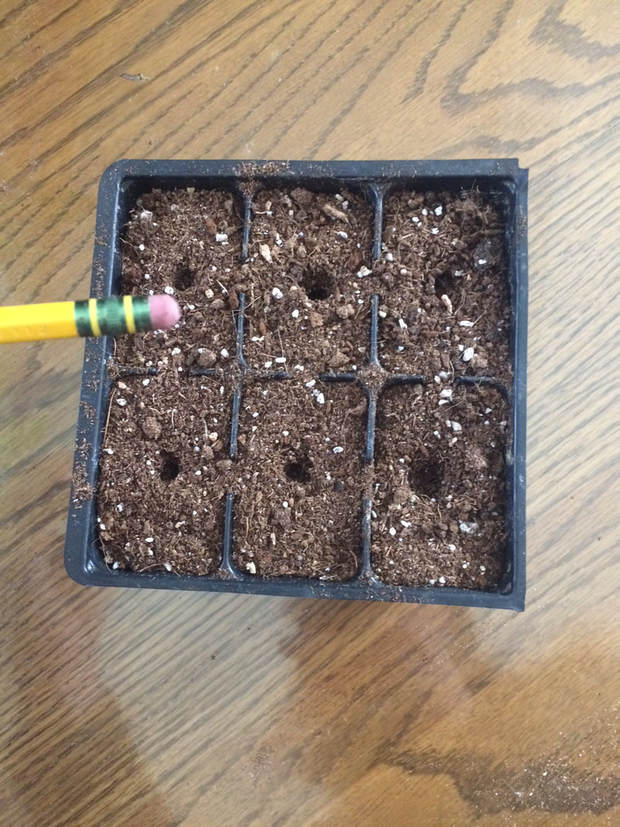
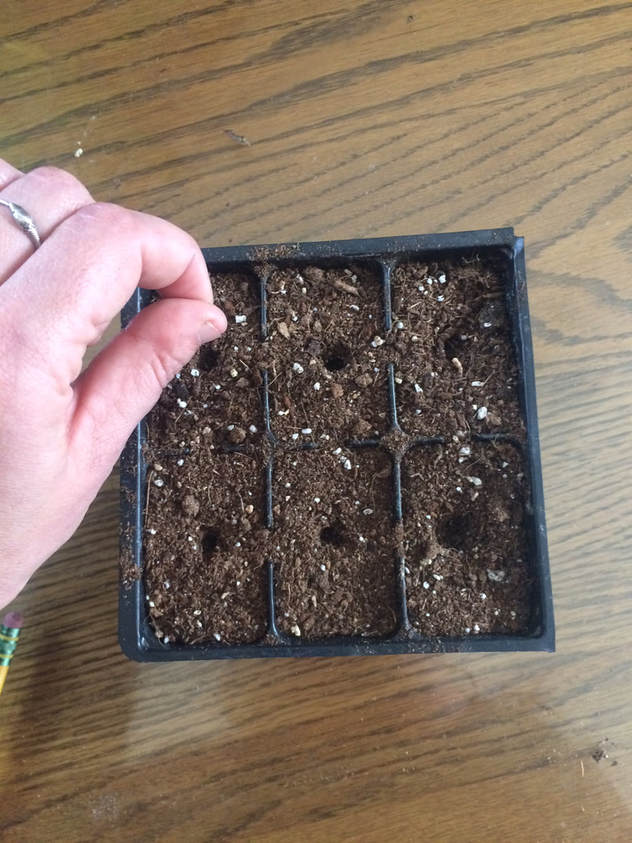
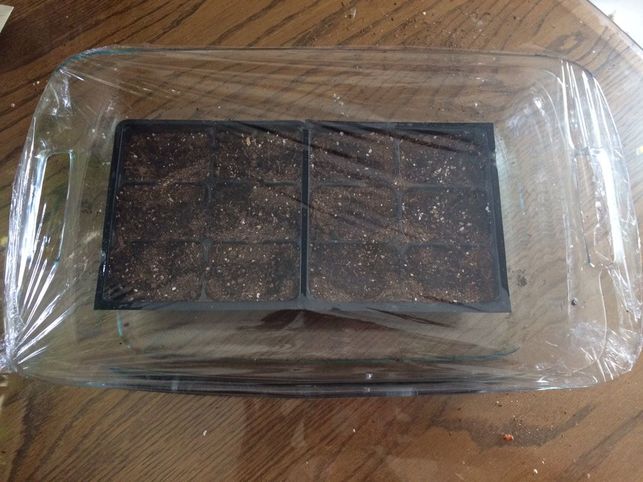
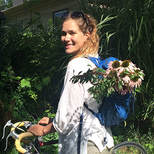
 RSS Feed
RSS Feed